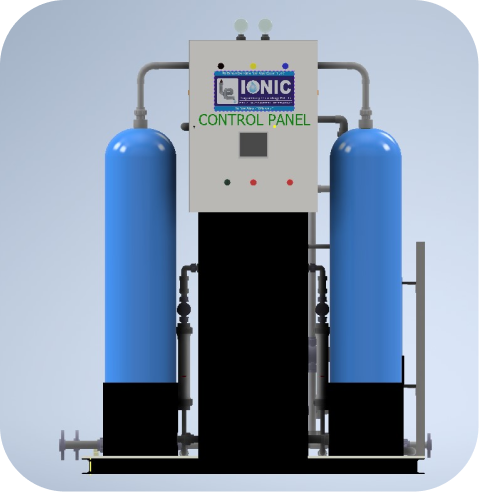Blog
Mastering Industrial Wastewater Treatment: A Comprehensive Guide to Sustainable Water Management
Author: K. V. Raman
Published: 22/03/25, 03:10 am

Water is the lifeblood of industrial processes, but what happens when that water becomes contaminated? Industrial wastewater treatment isn't just an environmental necessity—it's a complex, critical science that sits at the intersection of engineering, chemistry, and sustainability.
The Hidden World of Industrial Wastewater
Let's embark on a journey to understand the intricate world of industrial wastewater treatment. Imagine every manufacturing facility as a living ecosystem, where water flows through various processes, collecting a cocktail of contaminants along the way.
What Makes Industrial Wastewater So Challenging?
Industrial wastewater is far from simple. It's a complex mixture that can contain:
- Biochemical Oxygen Demand (BOD): These compounds deplete oxygen in water bodies, threatening aquatic life.
- Heavy Metals: Dangerous elements like cadmium, chromium, and mercury that can accumulate in ecosystems.
- Suspended and Dissolved Solids: Particles that affect water quality and equipment performance.
- Chemical Contaminants: Synthetic chemicals that can disrupt natural processes and potentially cause toxicity.
The Detective Work: Water Audits
Before any treatment begins, industrial facilities must become water detectives. A water audit is like a comprehensive health check-up for an industrial water system.
Why Water Audits Are Crucial
Think of a water audit as mapping the entire water journey through a facility. It helps answer critical questions:
Key Benefits of a Water Audit
The Science of Treatability: Designing the Perfect Solution
Once a water audit is complete, the next step is a wastewater treatability study. This is where science meets strategy, determining the most effective treatment approach.
A Systematic Approach to Treatment
Treatability studies follow a methodical process:
- Site Characterization: Detailed analysis of water samples
- Technology Screening: Identifying compatible treatment methods
- Evaluation: Comparing potential treatment approaches
- Pilot Testing: Validating treatment effectiveness
Common Treatment Processes: A Technological Symphony
Industrial wastewater treatment is like a complex orchestra, with multiple processes working in harmony:
The Treatment Process
- Coagulation: Adding chemicals to remove suspended solids
- Flocculation: Creating larger, settable particle clusters
- Sedimentation: Allowing particles to settle
- Filtration: Removing remaining particles
- Disinfection: Eliminating harmful microorganisms
Specialized Treatment Techniques
Navigating the Regulatory Landscape
Regulatory compliance is not optional—it's mandatory. Different jurisdictions have specific requirements:
The Cost of Non-Compliance
Failing to meet these standards can result in:
Choosing the Right Treatment System
Selecting a wastewater treatment system is like choosing a custom-tailored suit—it must fit perfectly. Considerations include:
Investment Perspective: More Than Just an Expense
While wastewater treatment systems represent a significant investment, they offer substantial long-term benefits:
The Human Element: Expertise Matters
Effective wastewater treatment requires a unique blend of expertise:
Conclusion: A Sustainable Water Future
Industrial wastewater treatment is more than a technical challenge—it's a critical component of sustainable industrial practice. By understanding the complexities, investing in the right technologies, and maintaining a commitment to environmental responsibility, industries can transform wastewater from a problem into an opportunity.
Ready to revolutionize your facility's water management? Our team of wastewater treatment specialists is prepared to guide you toward a more sustainable future.
